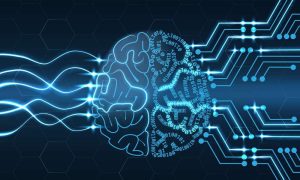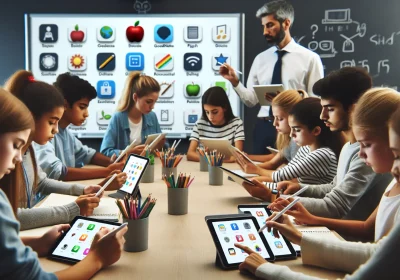
Transforming STEM Learning Through the Power of Music
A great tool for improving STEM education is music since it has special capacity to captivate the mind and arouse feelings. Teachers can design a powerful and interesting learning environment by merging science, technology, engineering, mathematics, and music. Through rhythm and patterns, music aids in pupils’ development of critical thinking, memory, and understanding of difficult ideas. Including music into STEM courses helps students of all ages enjoy learning, foster links between disciplines, and stimulate imagination. STEM Education through Music allows students to explore the relationship between rhythm, patterns, and mathematical concepts effectively.
Using Music to Teach Mathematical Concepts
Through rhythms, timing, and patterns, music and mathematics are profoundly entwined. Musical notes, rhythms, and scales let teachers teach ideas including fractions, ratios, and sequences. Dividing a measure into beats, for instance, helps children grasp fractions; investigating musical scales introduces the ideas of patterns and intervals. This method clarifies for us abstract mathematical concepts.
Encouraging Creativity Through Music and Engineering
Exciting collaborations between music and engineering abound, from creating and building musical instruments to investigating sound technologies. Through experimentation with how various materials and forms affect sound output, students can study physics. Projects like programming synthesizers or electronic music created on coding platforms can enable pupils to see the links between technology and creativity.
Exploring Science with Sound
A great subject that links music with science is sound. By means of musical instruments or digital tools, students can investigate ideas including sound waves, frequency, and resonance. While still involved, activities like visualizing sound waves using oscilloscopes or exploring the effects of various surroundings on sound propagation help students grasp scientific ideas.
Boosting Collaboration and Teamwork
Group music projects including performance or composition foster cooperation and teamwork. These encounters help students to combine their talents, listen to one another, and pursue a common objective. Applying these ideas to STEM projects helps students acquire useful interpersonal skills applicable in all spheres.
Making STEM Learning Enjoyable
Including music into STEM classes results in a lively and fun educational environment. Students find themselves more involved whether they are coding programs to create music or writing songs on scientific ideas. This encouraging encounter piques a lifetime passion in STEM fields.
Making STEM education more participatory, creative, and easily available can help to transform it via music. Teachers can design courses that promote inquiry and advance deeper knowledge by tying music with mathematics, physics, and technology. This creative and technical skill development method enables pupils to be ready for a future with countless opportunities. By blending creativity and technology, students benefit from STEM Education through Music, enhancing both academic and personal growth.


















